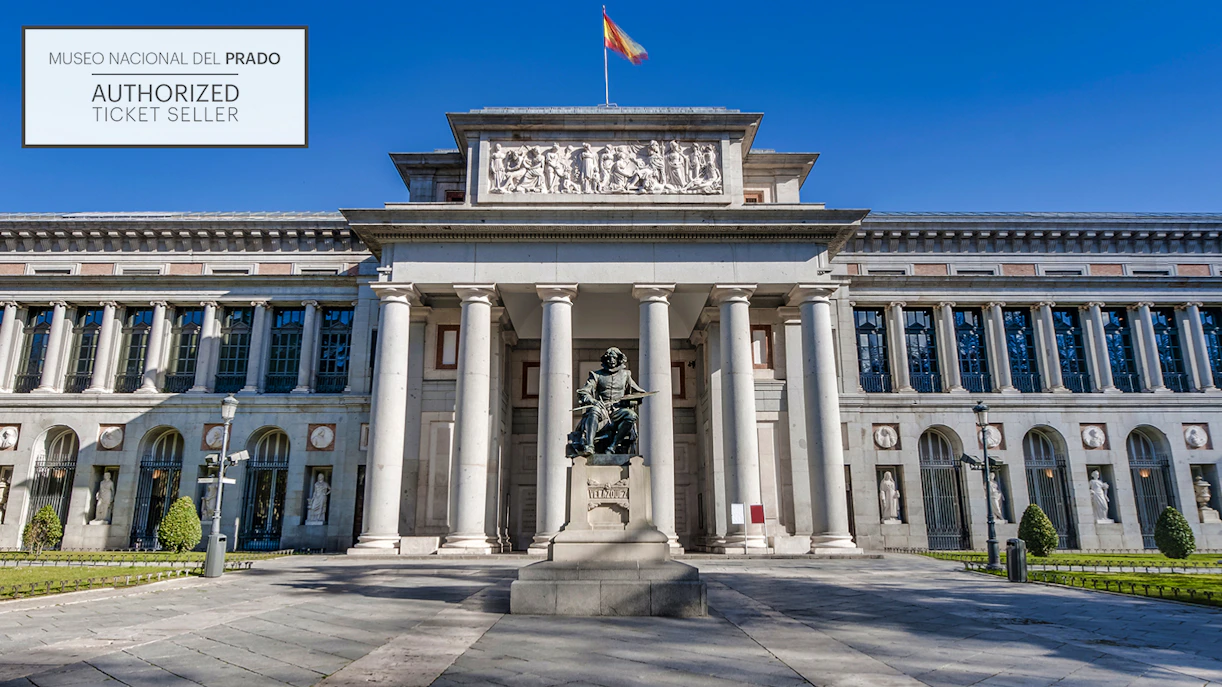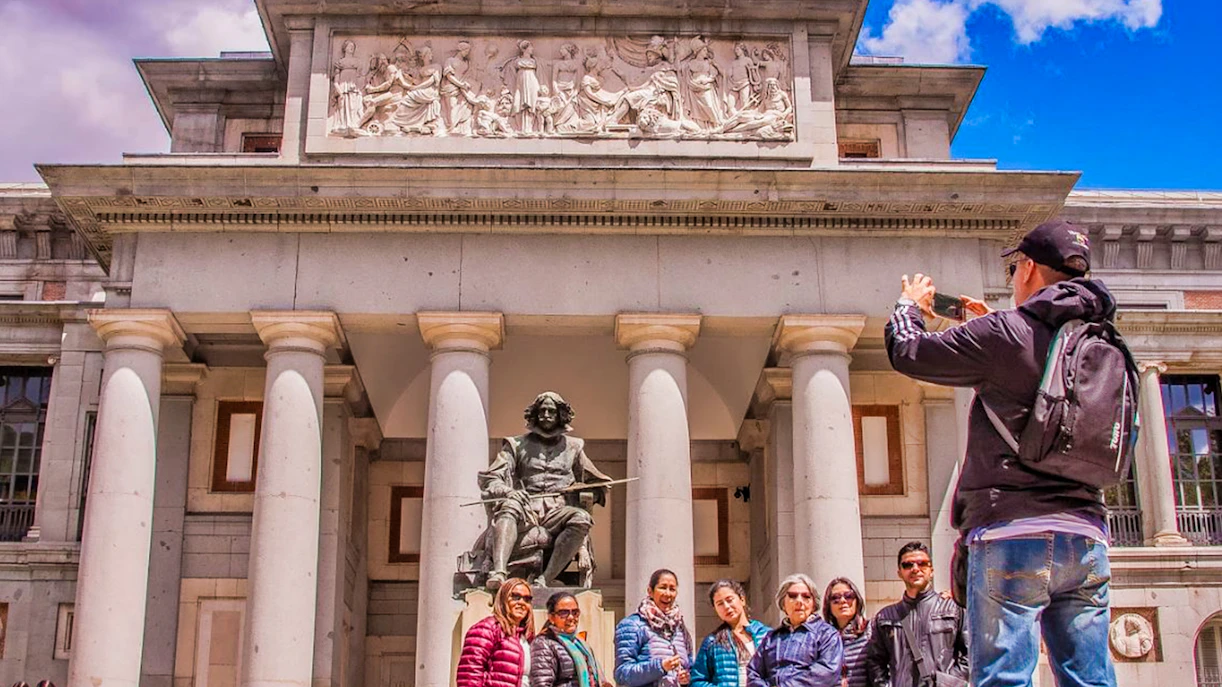The Prado Museum, originally commissioned by King Charles III in 1785 as a natural history museum, was transformed into an art gallery by King Ferdinand VII in 1819. Opened as the Museo Real de Pinturas, it showcased the Spanish monarchy's extensive art collection, including masterpieces by Velázquez, Goya, and Zurbarán. Over time, acquisitions and donations expanded its collection, turning it into one of the world’s top art institutions.
During the Spanish Civil War, its treasures were protected by temporarily relocating them. The museum underwent renovations in the 20th century to accommodate its growing collection. Today, it is a global symbol of Spanish art and culture.


